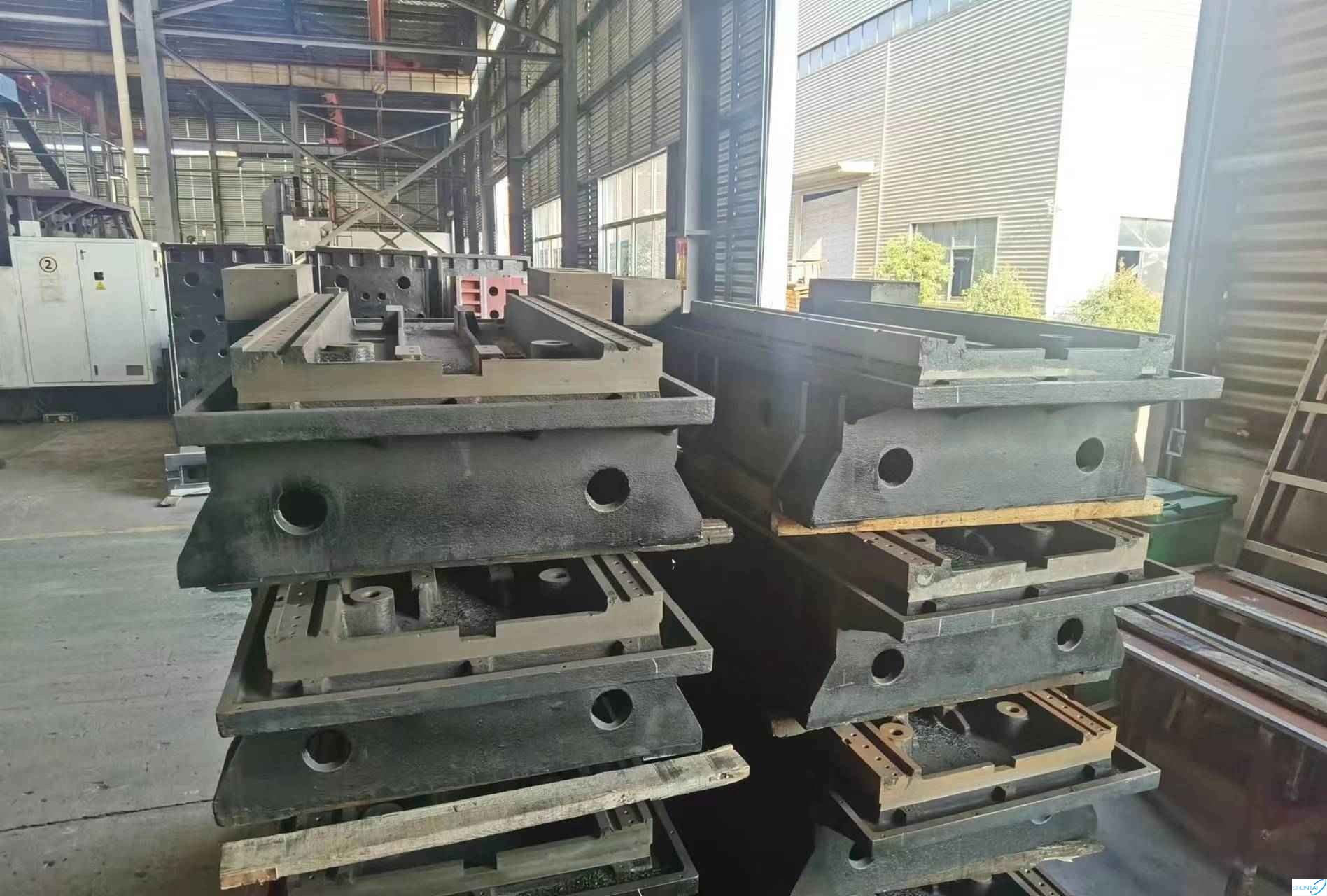"Large castings" means larger and heavier cast parts produced in the foundry process. Castings are made by pouring molten metal or alloy into a prefabricated mold, allowing it to cool and solidify, and finally obtaining a part of the desired shape and size. Large castings are usually used in the manufacture of heavy machinery and equipment, industrial equipment, bridges, building structures and other applications that need to withstand large loads.
| Product name | Castings |
| Application | large machinery, hull |
| Brand Name | SHUNTAI |
| Material | steel, iron, copper, aluminum |
| MOQ | 1 Piece |
| Feature | Long Operating Life |
| Delivery | 7 Days |
| Shipping Port | Shanghai |

Please watch our casting video

Please see the physical picture of our factory



Mold making: First of all, the mold for casting the large casting needs to be designed and made. Molds can be customized to the shape and size of the casting, typically using sand or metal molds.
Material preparation: Select appropriate metal materials, usually alloy iron or other high-strength metal materials. Metal materials are melted, usually using an electric arc furnace or a power frequency induction furnace.
Casting: In the casting process, molten metal material is poured into a pre-made mold so that it fills the mold cavity. When casting, attention should be paid to controlling the casting temperature and metal flow to ensure the quality of the castings.
Cooling and solidification: After casting is completed, cooling and solidification will take place. During this process, the metal gradually cools and solidifies into a solid. The cooling time depends on the size and material of the casting to ensure that the structure and performance of the casting meet the requirements.
Sand removal and finishing: After the casting has cooled, the mold material needs to be peeled off the surface of the casting. This is usually done by vibration, horizontal pushing or other methods of sand removal. Next, finishing processes such as shearing, grinding, brushing, etc. are carried out to smooth the surface of the casting and remove undesirable defects.
Heat treatment: Large castings often require heat treatment to improve their structure and properties. Common heat treatment methods include annealing, normalizing, quenching and tempering, etc., selected according to specific materials and needs.
Inspection and testing: Large castings completed in production require strict quality inspection and testing. Common inspection methods include dimensional measurement, material analysis, non-destructive testing, etc., to ensure that the quality of castings meets specification requirements.
Processing and assembly: Large castings are further processed and assembled according to specific needs. This may involve milling, drilling, cutting, welding and other operations to adapt the casting to the requirements of the final product.
Finally, after the above steps, large castings can be
